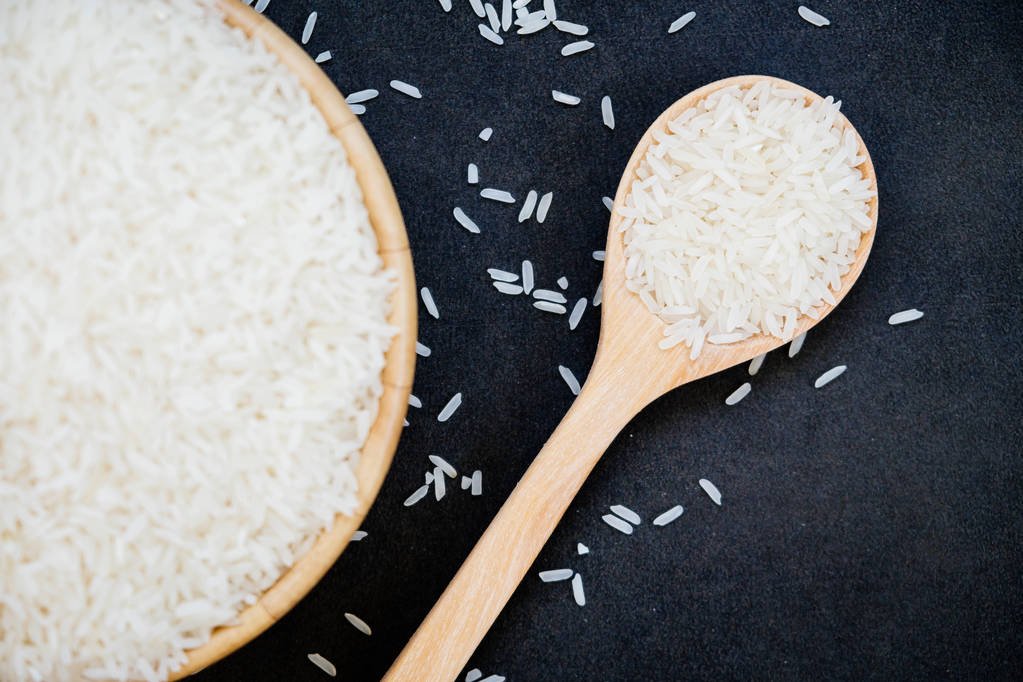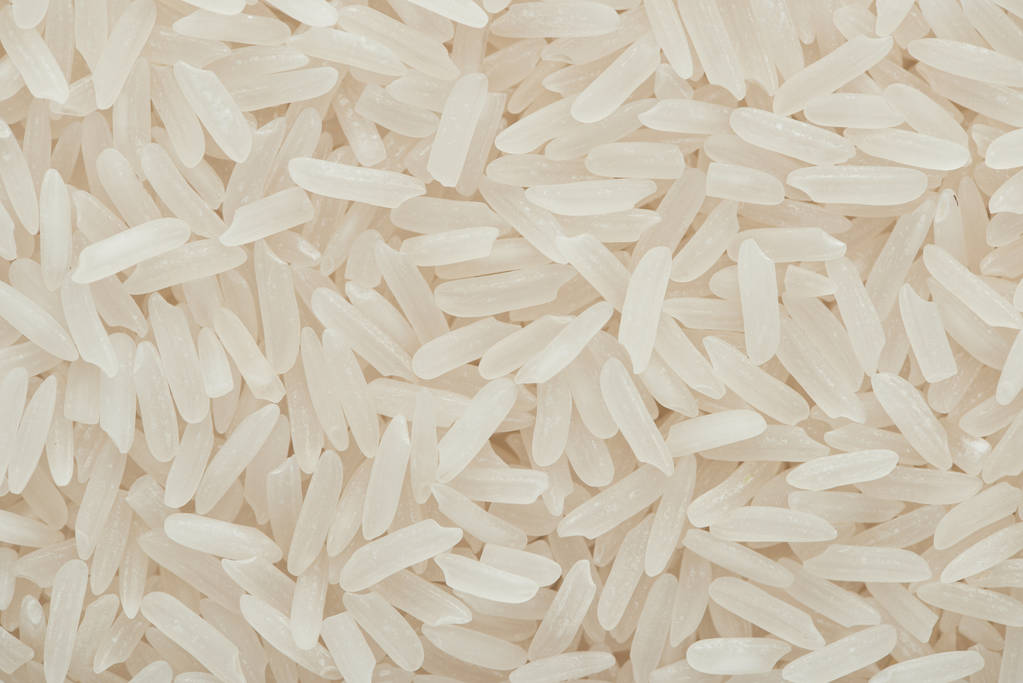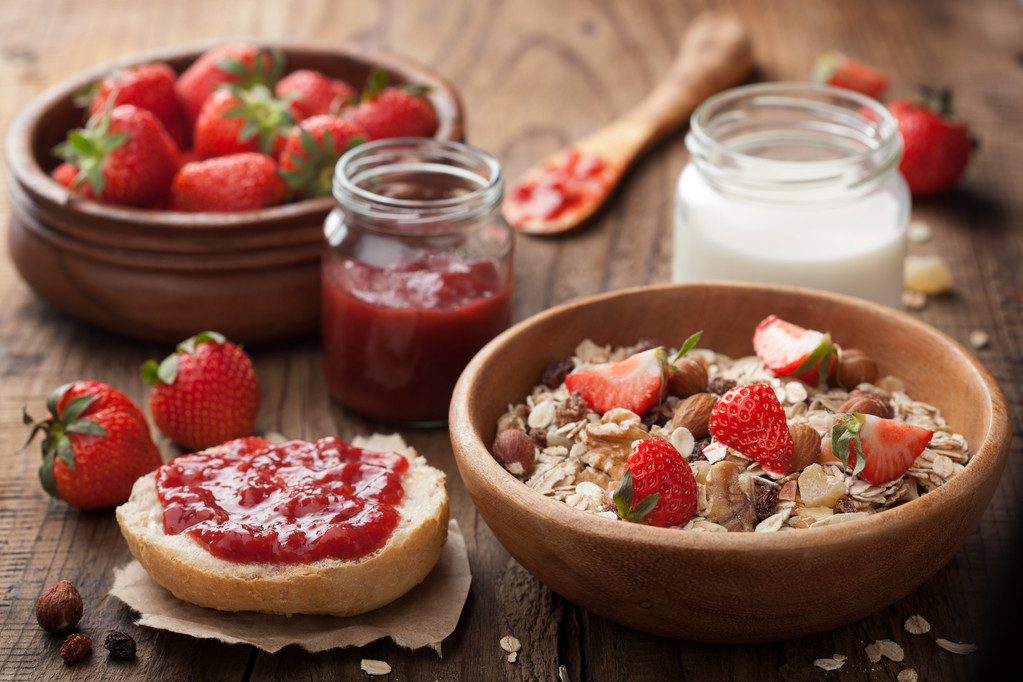Parboiled rice is considered a healthy alternative to white rice. But what exactly is parboiled rice? How is it made and what are its pros and cons?

How is parboiled rice different from white rice?
Parboiled rice and white rice are both derived from unpolished brown rice. Brown rice may also be known to you by the names whole grain rice or brown rice. White and parboiled rice differ from brown rice in that they are hulled before sale.
However, the majority of the vitamins and minerals of the rice grain are found in the silver skin of the husk. To ensure that these are not lost when the rice is peeled, the German-British inventor Erich Huzenlaub developed the parboiling process at the beginning of the 20th century.
In the parboiling process, the still raw and unpeeled rice is soaked. The vitamins and minerals are then pressed from the husk into the rice grain with the help of steam under high pressure. The rice is then dried and, like white rice, peeled and polished.
The parboiling process turns the rice slightly yellowish. In addition, the starch contained in the rice grains gelatinizes, making the parboiled rice grainier and less sticky than white rice.
What Are the Benefits of Parboiled Rice?
Parboiled rice is considered to be more nutritionally valuable than white rice because about 80 percent of the vitamins and minerals contained in the silver skin are pressed into the interior of the rice grain during the parboiling process.
In addition, parboiled rice is easier to handle than white rice. You don’t need to wash or soak it before cooking. In addition, parboiled rice forgives too long a cooking time or too much water. Parboiled rice makes it easy to cook fluffy rice with a good bite and without much effort.
In addition, the parboiling process can upgrade low-quality rice. For example, the parboiling process is increasingly being used in African countries in order to be able to sell the inferior rice production there. African consumers often prefer rice imported from abroad because it has fewer breakages and does not stick as much when cooked. The parboiling process gelatinizes the starch grains in the rice, which means that the individual rice grains no longer clump together.
Disadvantages of Parboiled Rice
Only brown rice contains 100 percent of the nutrients in the rice grain. From a nutritional point of view, you should always choose brown rice over parboiled rice. Another benefit of brown rice is the fiber in the husk it contains, which is peeled away in parboiled rice.
In addition, the rice aroma changes as a result of the parboiling process. American researchers discovered that the typical slightly nutty taste is due to the gelatinization of the starch granules during the parboiling process. The more aggressively the vitamins and minerals were pressed into the interior of the rice grain, the more the test persons perceived the typical taste of parboiled rice. Whether you see this as an advantage or disadvantage depends on your personal taste.
You should not prepare creamy dishes such as rice pudding or risotto with parboiled rice, as the starch contained in the grain of rice has already gelatinized and can no longer escape into the cooking water. Parboiled rice also takes longer to cook than white rice.
In the parboiling process, high water vapor pressure must be generated in order to force the nutrients into the rice grain. Therefore, the method consumes a lot of energy. White and brown rice are more environmentally friendly from an ecological point of view.
Tip: For the sake of the environment, always choose rice grown in Europe over rice grown in Southeast Asia. Shorter transport routes protect the environment. Also make sure that your rice comes from a certified organic farm. This is because they do not use any synthetic pesticides during cultivation.




